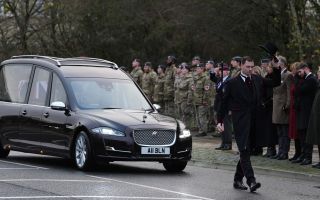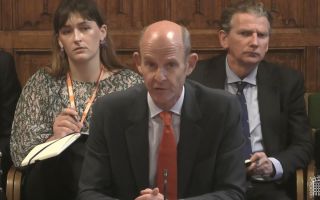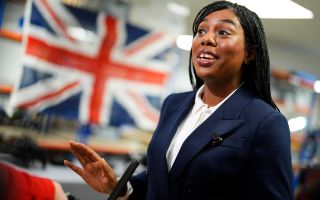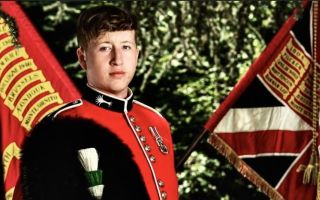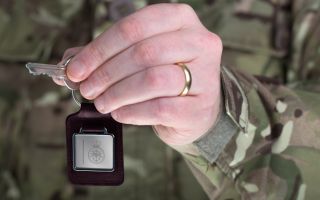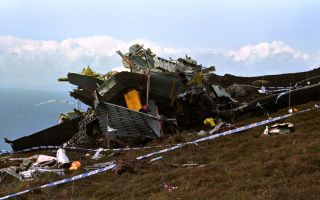The Conflict In Ukraine So Far - 3 Years On
The dispute between Russia and Ukraine is a complicated and multi-faceted once. What began as a dispute over trade agreements in 2013 has escalated into one of a bloody conflict.
Now, as Ukraine celebrates its independence from the Soviet Union, we look at how we got here...
November 2013:
EU Trade Deal: Tensions between Russia and Ukraine over Ukraine’s close ties with the EU reach a peak. President Yanukovych suspends talks over a landmark trade deal to be made with the EU in the face of the growing strain between the two nations.
This sparks protests, highlighting the divide between the EU supporters in the West of the country, and the pro-Russian East.
February 2014:
Gunfight In Kiev: Tensions erupt into a gunfight between police and protesters in Kiev, killing dozens. Reports emerge that government snipers opened fire whilst Yanukovych insists that it was the opposition who provoked the attack.
President Flees: Yanukovych abandons his presidential palace as thousands storm the grounds of his lavish estate. The former prime-minister, who had been jailed for ‘abuse of office’ after a seemingly corrupt trial, is released from prison.
March 2014:
Military Enter Crimea: Russian President Vladimir Putin sends military forces into the Crimea region of Ukraine - an area with strong ties to Russia. Crimea is annexed from Ukraine. A controversial referendum is then held for public approval.
April 2014:
Close To Civil War: Pro-Russian militants have now seized government buildings across the eastern part of the country; Kiev launches military action in an attempt to take back control, prompting a warning from Putin that the country is “on the brink of civil war.”
The regions of Donetsk and Luhansk declare independence from Ukraine.

May 2014:
New President: One of the country’s richest businessmen, Petro Poroshenko, is elected president. Pro-Russian militants are accused of attempting to prevent people from voting in the eastern part of the country, which has become a pro-Russian stronghold.
June 2014:
Trade Agreement Signed: Poroshenko signs the EU trade agreement which sparked the nation’s initial tensions.
July 2014:
Malaysia Airlines Crash: 298 people are killed after Malaysia Airlines flight MH17 is shot down in the rebel stronghold of eastern Ukraine. International authorities are prevented from reaching the crash site for days.
September 2014:
Russian Vehicles Cross Border: Ukraine and pro-Russian rebels agree to a ceasefire. At the same time, Russian trucks cross the Russia-Ukraine border without the Ukrainian government’s approval. Russia insists that the trucks are filled with aid resources, a claim greeted with suspicion by Ukraine.
November 2014:
Children In Danger: According to NATO, Russian tanks and troops are now streaming across the border, which would be in violation of the ceasefire agreement. The U.N. claims that children in eastern Ukraine are facing an “extremely serious” situation made worse by the harsh winter.
January 2015:
Donetsk Airport Falls: The airport is taken by rebels amid much violence and bloodshed. President Poroshenko calls for an investigation by the International Criminal Court into “crimes against humanity”.
February 2015:
Germany Intervenes: German Chancellor Angela Merkel and France’s Francois Hollande help Ukraine and the Russian backed rebels to reach another ceasefire agreement. The US suggests that it might provide Ukraine with weapons, a move which is thoroughly opposed by a number of EU leaders for fear that doing so will worsen the conflict.
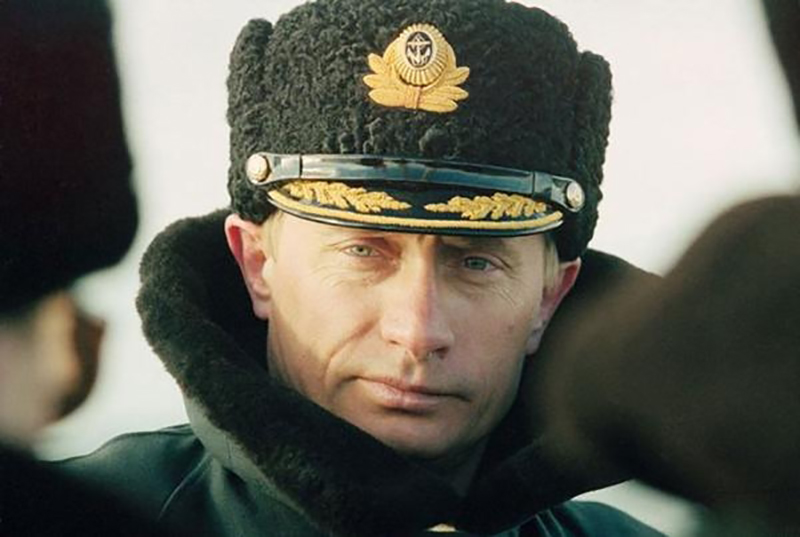
June 2015:
EU Makes Sanctions:EU foreign ministers impose sanctions on Russia in response to its “unfounded and illegal” actions in eastern Ukraine.
March 2016:
Civilians Suffer: Those living in conflict-torn eastern Ukraine continue to suffer as a result of their isolated position.
August 2016:
Civilian Casualties Spike: The UN Commissioner for Human Rights releases figures showing a rise in civilian casualties in July, with nearly 75 civilians dead or injured.
December 2016:
Missile Tests: Ukraine carries out missile tests just outside Crimea, which Russia claims are a violation of international agreements.
February 2017:
Fighting Flares: Fighting escalates as Donald Trump assumes office in the U.S. The U.S. government hints that it may recognise Russia’s annexation of Crimea.
March 2017:
Russia Celebrates: Russia celebrates the 3 years since its annexation of Crimea. The festivities take place even though Russian President Vladimir Putin will not be present.
July 2017:
NATO Exercise: NATO forces, including UK troops, team up with Ukraine to take part in exercises in the Black Sea region. The exercise involves more than 3,000 military personnel and further signals the nation’s ties to the West.
August 2017:
Russia Responds: In response, Moscow prepares to mount a huge military exercise of its own. This will act as a display of power to NATO forces, heightening east-west tensions. It is estimated that the annual exercise, set to begin in September, will involve more than 100,000 troops, making it the biggest since the Cold War.
Independence Day: Ukraine celebrates its independence from the Soviet Union, with US Defence Secretary James Mattis in attendance.


